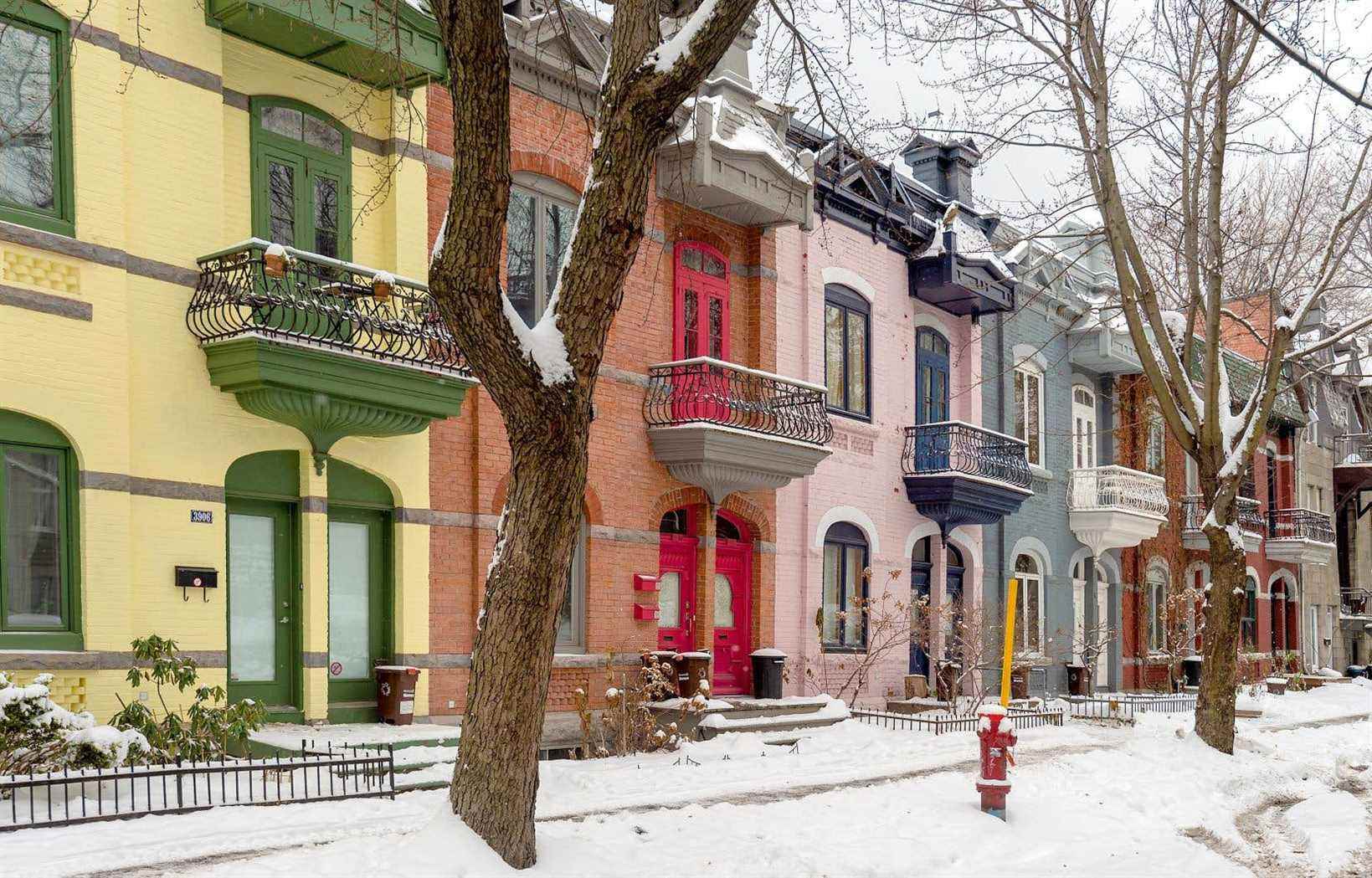The housing vacancy rate continued to climb last year on the island of Montreal, but outside the downtown area and its surroundings, many neighborhoods are facing a housing shortage and strong rent increases. Meanwhile, the exodus to the suburbs continues, limiting the options available to tenants in many municipalities to a trickle.
On the Island of Montreal, the percentage of units available for rent continued to increase last year, reaching an average of 3.7%, compared to 1.6% two years earlier. The detailed data from the report of the Canada Mortgage and Housing Corporation on the state of the rental market in 2021, published Friday, however, brings several nuances to this general observation.
“The situation in downtown Montreal is not the situation on the island or in the suburbs. We are in very different worlds,” recalls Francis Cortellino, of the CMHC, in an interview with the Homework Friday.
The high vacancy rate in downtown Montreal (6.3%), but also in sectors such as Notre-Dame-de-Grâce (5.2%) and Outremont (4.8%), which accommodate much less of foreign students and workers since the start of the pandemic, has however had the effect of inflating the overall vacancy rate on the island of Montreal.
At the same time, at a time when the average rent rose by 3.9% in the metropolitan area last year, the percentage of rental units available continued to fall in several areas of the metropolis known to offer more affordable rents than those located near the city center. This is particularly the case for Hochelaga-Maisonneuve (1.7%), Anjou and Saint-Léonard (0.8%) and Pointe-aux-Trembles (1.6%), in the east from the island of Montreal.
“The speculative potential of downtown Montreal has reached a peak and it has moved to other areas of the city that were less affected before,” analyzes the spokesperson for the Regroupement des committees logement et associations de tenants of Quebec (RCLALQ), Marjolaine Deneault.
This appeal of outlying neighborhoods has had the effect of accelerating rent growth in several places. In LaSalle, west of Verdun, in full gentrification, rents rose an average of 8.8% last year. This percentage reaches 5.8% in Montréal-Nord, 5.3% in the Sud-Ouest and Verdun boroughs, and 4.6% in the Hochelaga-Maisonneuve district. The housing available is therefore becoming more and more expensive, even in historically more affordable neighbourhoods.
“Tenants find themselves caught in a vice,” warns the spokesperson for the Front d’action populaire en réménagement urbain, Véronique Laflamme, who also underlines the significant gap between the rent of available housing and that of apartments already available. rented.
“The City of Montreal and the Government of Quebec must have an approach to globally increase the supply of housing of all types, particularly social housing,” argued in a statement to the Homework the party’s housing spokesman, Sonny Moroz, who also promotes the increased use of “density” to meet housing unit needs. The administration of Valérie Plante did not comment on this report.
In the suburbs and beyond
The growing lack of affordable rental housing in a growing number of metropolitan boroughs could also have stimulated the departure of Montreal tenants to the suburbs of Montreal, where the average vacancy rate fell last year to 1, 1%. This percentage is even close to 0% in some municipalities north of Laval.
“It is possible that households have migrated from the island [de Montréal] to the suburbs in order to live in larger or newer accommodation, often at lower rent. The sharp rise in prices may also have slowed access to home ownership for young households in the suburbs,” says the CMHC in its report.
The organization thus notes sustained rent increases in several regions where the percentage of available rental units is particularly low, notably in Mascouche, Saint-Jean-sur-Richelieu and the municipality of Saint-Lin–Laurentides.
“When you look at the cost of rents available in the suburbs, it is not much lower [qu’à Montréal] “says Véronique Laflamme.
Beyond the suburbs of Montreal, many regions of the province are also facing a housing crisis in the rental market. The percentage of available dwellings was particularly low last year in Granby (0.1%), Rimouski (0.2%), Drummondville (0.2%) and Trois-Rivières (0.9%), especially. There too, average rent increases are noted, which is of concern to the community.
“Tenants are leaving the big cities because the rents are too expensive. The shortage moves with the problem”, worries the RCLALQ in a press release issued on Friday. Tenants who live in the regions are thus increasingly faced with discrimination, abusive rent increases and evictions for fraudulent reasons, said Marjolaine Deneault at the Homework.
“It leads to more questionable practices on the part of the owners,” she dropped.
The Association of Quebec Landlords instead took advantage of the publication of this report on Friday to demand a reform of the method of fixing the rent of the Administrative Housing Tribunal so that landlords can repay renovation costs in a shorter period of time. of their rental units.
